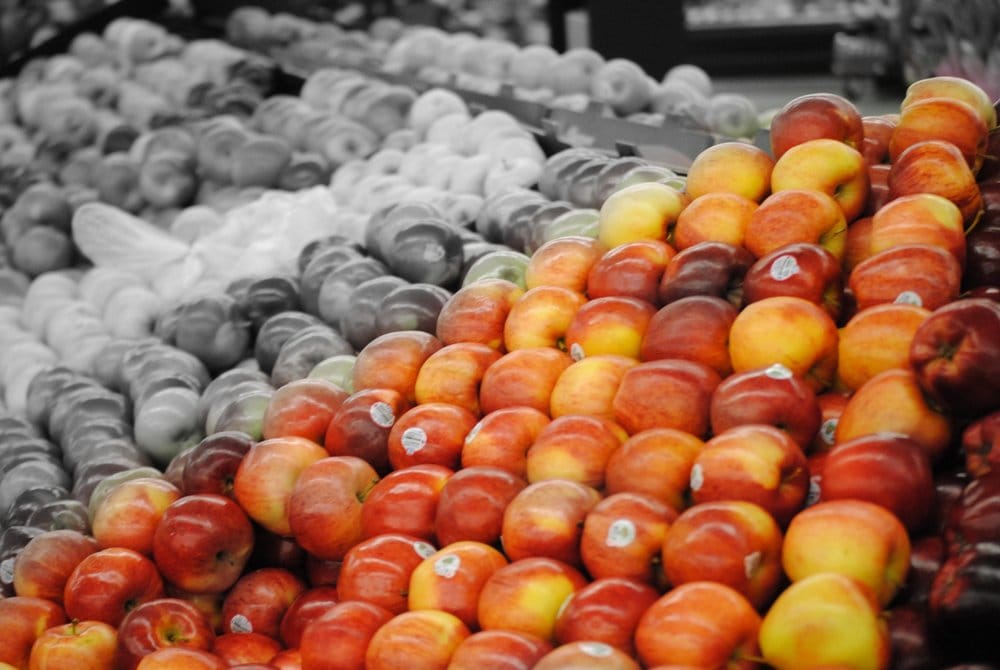Food flushed down the drain
Ipsita Herlekar talks food waste and how it’s not just about the food that goes in the bin but also about the food that goes in your tum-tum

Food waste is a global problem. As per the Food and Agriculture Organization (FAO), over 870 million people are malnourished and the figures will grow in the future with increase in population.
To study factors which contribute to food waste across the globe, researchers at the University of Edinburgh in the United Kingdom, used data from United Nations’ FAO. They found that overeating and meat consumption were two leading causes behind food wastage. According to the researchers, “we are growing more food than required for nutritional needs”. For example, a study (but not from the same group) noted that an average person from the developing world consumes 20-30 percent more calories than the recommended daily requirement. Over-eating is now also considered a major driver behind waste.
Using the data collected by the United Nations Food and Agriculture Organisation, the researchers examined ten key stages involved in the global food system that included growing and harvesting of crops and food consumption, using the data to quantify the total waste that occurs.
It was found that around 10% of the food produced globally is lost to overeating and over 9% lands up in the dumpsters. This is the first study that acknowledges overeating as a way of wasting food. There are studies that report that an average person from the developing world consumes 20 % -30 % more calories than their daily requirement. This is termed as a waste as even though the food is being eaten, the person eating it does not benefit from its consumption. Especially as it leads to problems like obesity and increased risk of heart diseases.
According to the United Nations Food and Agriculture Organisation, over 870 million people around the world suffer from malnourishment. While on one hand people are trying to find solutions to eradicate hunger and find ways to ensure global food security for the future, most of the food that is produced lands up in the dumpster. It has been estimated that an average household in the UK throws away as much as sixty pounds worth of food each month. Also, North America’s and Europe’s combined disposal amounts to nearly 2.1 billion tonnes of food, a quantity that is equivalent to the annual crop produced in the entire sub-Saharan region.
Our dependency on livestock for meat and dairy products is another major driver contributing to 40% of the food that is lost. 1.08 billion tonnes of the crops that are grown and harvested are used up to produce only 240 million tonnes of animal products, such as meat, dairy and poultry. The quantity of grain that is grown to feed livestock in the US can alone feed over 800 million people. Therefore, the growing demand for meat and other animal products not only decreases the efficiency of the food system but also increases the greenhouse gas emissions, depletes water consumption, and also results in great losses to biodiversity.
The global human population is expected to rise by 50% by 2050. This translates to more mouths to feed and less land to grow our crops. Findings of this study raise concerns and point out challenges on how the world population can be provided with a sustainable and secure supply of good quality food. Most of the food that is wasted comprises of vegetables, fruit and cereals and up to 80% can be salvaged by better management and storage practices. Also, rethinking our dietary patterns and restricting our food consumption to our nutritional needs, which includes reducing our dependence on animal products, will to a large extent help reverse this trend, the scientists believe.









